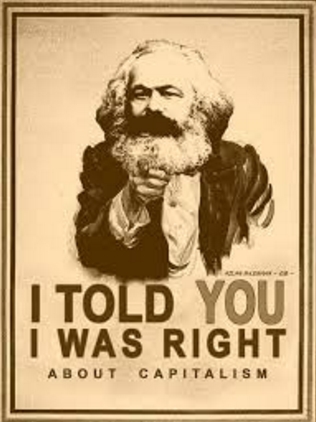
Breaking News
 This "Printed" House Is Stronger Than You Think
This "Printed" House Is Stronger Than You Think
 We Built 3 Off-Grid SOLAR WATER Systems (DIY Guide)
We Built 3 Off-Grid SOLAR WATER Systems (DIY Guide)
 "Identify, Disrupt, Dismantle, Destroy": White House's Stephen Miller Declares War On
"Identify, Disrupt, Dismantle, Destroy": White House's Stephen Miller Declares War On
 Unfinished Story... #usa #israel #palestine #politics #congress #europe #news #uk #canada
Unfinished Story... #usa #israel #palestine #politics #congress #europe #news #uk #canada
Top Tech News
 We finally integrated the tiny brains with computers and AI
We finally integrated the tiny brains with computers and AI
 Stylish Prefab Home Can Be 'Dropped' into Flooded Areas or Anywhere Housing is Needed
Stylish Prefab Home Can Be 'Dropped' into Flooded Areas or Anywhere Housing is Needed
 Energy Secretary Expects Fusion to Power the World in 8-15 Years
Energy Secretary Expects Fusion to Power the World in 8-15 Years
 ORNL tackles control challenges of nuclear rocket engines
ORNL tackles control challenges of nuclear rocket engines
 Tesla Megapack Keynote LIVE - TESLA is Making Transformers !!
Tesla Megapack Keynote LIVE - TESLA is Making Transformers !!
 Methylene chloride (CH2Cl?) and acetone (C?H?O) create a powerful paint remover...
Methylene chloride (CH2Cl?) and acetone (C?H?O) create a powerful paint remover...
 Engineer Builds His Own X-Ray After Hospital Charges Him $69K
Engineer Builds His Own X-Ray After Hospital Charges Him $69K
 Researchers create 2D nanomaterials with up to nine metals for extreme conditions
Researchers create 2D nanomaterials with up to nine metals for extreme conditions
 Laser connects plane and satellite in breakthrough air-to-space link
Laser connects plane and satellite in breakthrough air-to-space link
 Lucid Motors' World-Leading Electric Powertrain Breakdown with Emad Dlala and Eric Bach
Lucid Motors' World-Leading Electric Powertrain Breakdown with Emad Dlala and Eric Bach
Marxist indoctrination in schools: The real threat behind rising political violence

These incidents are not isolated acts of random aggression but are rooted in a broader ideological framework — one that justifies violence for the sake of "justice." The words of Zarutska's killer, "I got that white girl," and the mindset of Kirk's assassin reflect a deeply ingrained belief system that normalizes political violence. This framework is not limited to extremists but is being taught in schools — a place where such moral corruption should be least expected.
The Marxist framework in schools
From the "Communist Manifesto" to Herbert Marcuse's "Repressive Tolerance," Marxist ideology has long argued that class warfare is the primary driver of societal conflict. This logic extends into modern identity politics, where society is divided into "oppressors" and "oppressed," and political violence is framed as a form of justice. In classrooms, teachers introduce these concepts, sometimes with the intent of fostering critical thinking, but often at the expense of instilling virtue. Students are made to feel clever and heroic for seeing through the perceived corruption of the world, while opponents are seen as enemies.
The roots of this problem stretch back to the early 20th century, where Marxist principles began to infiltrate academic institutions. During the 1960s, American universities became hotbeds for leftist ideologies, with thinkers like Marcuse advocating for the suppression of dissent. This set the stage for today's identity politics, couched in 'social justice' arguments, where any societal issue is reduced to a conflict between victors and victims. History shows that such ideological zeal can lead to devastating consequences, as seen in conflicts like the Cyprus civil war, where generations were taught to see their neighbors as enemies.
Normalizing political violence: The impact on students
The normalization of violence is perhaps the most insidious aspect of Marxist teaching. In classrooms, dividing the world into "oppressors" and "oppressed" creates an "us vs. them" mentality. This dynamic not only makes classroom management easier for teachers but also transforms students into soldiers in a cultural war. They are taught to see their classmates, political opponents and even parents as enemies. When students internalize this worldview, they become less likely to listen to anyone outside their immediate ideological circle. The result is a generation that can rationalize and even praise political violence.



